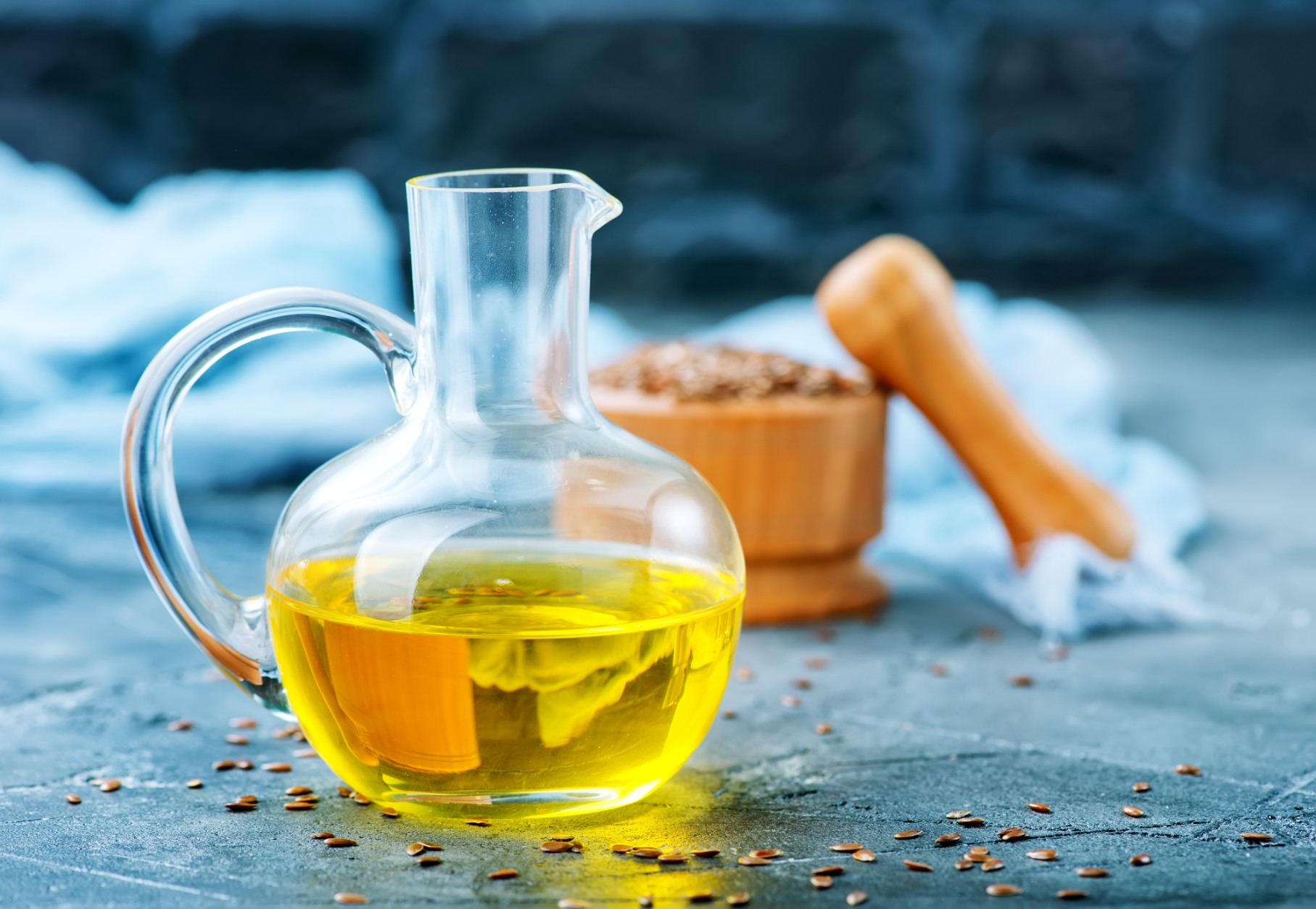The Diet Trap: Why Most Plans Don’t Last
The weight loss industry is flooded with promises of quick fixes—fat-burning pills, restrictive meal plans, intermittent fasting hacks, and “one simple trick” headlines. Yet despite the endless options, the majority of people who lose weight on diets end up gaining it all back, often within a year.
So what’s going wrong? Most diets fail because they’re unsustainable. They rely on short-term compliance instead of long-term habits. Once the program ends or becomes too difficult to follow, old behaviors return, and so does the weight.
According to research published in the journal JAMA, the key to lasting weight loss isn’t a specific diet—it’s adherence. The most successful individuals adopt realistic eating and exercise patterns they can maintain long term.
Set Realistic Expectations From the Start
One of the most common reasons diets fail is unrealistic goal setting. Many people aim for dramatic transformations—like dropping 30 pounds in 30 days or reaching ultra-low body fat levels modeled by fitness influencers.
This type of thinking sets the stage for disappointment. The human body doesn’t adapt well to sudden, extreme changes. More importantly, extreme weight loss often requires unhealthy behaviors, which are impossible to sustain.
A healthier approach starts with understanding where your body naturally wants to stabilize. For men, this is often between 13–18% body fat. For women, that equivalent range tends to be between 18–25%. Going lower than this is possible, but usually requires competitive athlete-level discipline and may lead to negative health outcomes, including hormonal imbalances and metabolic slowdown.
The Core of Sustainable Fat Loss: Lifestyle, Not Tricks
If your goal is permanent fat loss—not just temporary weight loss—you need a system you can repeat for life. That system should include:
- Eating whole, minimally processed foods
- Meeting daily protein requirements
- Resistance training 2–4 times per week
- Accepting that results take time
When these habits become routine, your body begins to “settle” at a healthier weight without feeling deprived or overworked. This concept is backed by decades of nutrition science and public health data showing that behavior-based changes produce longer-lasting results than restrictive diet plans (NCBI).
Protein: Your Weight Loss Anchor
Among all macronutrients, protein plays a particularly important role in sustainable weight loss. It supports lean muscle maintenance, increases satiety, and even raises the thermic effect of food (calories burned through digestion).
Experts commonly recommend consuming around 1 gram of protein per pound of target body weight. So if your goal is to weigh 170 lbs, aim for roughly 170 grams of protein per day. This helps preserve muscle mass while promoting fat loss during a calorie deficit.
Protein can come from various sources including lean meats, eggs, fish, legumes, and dairy. Pairing protein intake with strength training further enhances its effects on body composition.
Whole Foods Beat Calorie Counting
While tracking calories and macros can be helpful, it’s not always necessary for success. A simpler and often more sustainable approach is to focus on whole, nutrient-dense foods.
Fruits, vegetables, lean proteins, healthy fats, and unprocessed carbohydrates create a naturally balanced diet. They help regulate hunger, stabilize blood sugar, and reduce cravings—especially when compared to ultra-processed, high-sugar packaged foods that spike insulin and promote overeating.
According to the NIH, ultra-processed foods are linked to increased calorie intake and weight gain even when macronutrients are held constant (NIH study). That’s why choosing whole foods is a foundational piece of any long-term fat loss strategy.
Patience Is Not Optional
Lasting fat loss doesn’t happen overnight. Depending on your starting point, reaching a healthy body fat range may take several months—or even a year. But when the journey is rooted in realistic expectations and sustainable habits, the results don’t vanish when the “diet” ends—because there is no end.
As the video emphasizes, your approach should be something you can do forever. If your strategy involves cutting out major food groups, starving yourself, or training 2 hours a day, ask: is this realistic for your life five years from now?
The Myth of the Influencer Physique
Scrolling through social media can distort our perception of what’s realistic. Influencers often appear at extremely low body fat levels—but these physiques are usually temporary, enhanced by lighting, posing, and dehydration techniques used before photo shoots.
Comparing your journey to these extremes leads to frustration and unhealthy behaviors. Your body is meant to support health, not aesthetics alone. Accepting this allows you to focus on how you feel, perform, and live—not just how you look on a screen.
Resistance Training: The Body Recomposition Key
Cardio may burn calories, but resistance training transforms your body. Lifting weights helps preserve or build muscle while shedding fat, improving your overall body composition and metabolic health. It also enhances insulin sensitivity, reduces injury risk, and supports mental well-being.
Just 2–4 strength sessions per week, targeting major muscle groups with compound movements, is enough to see measurable changes over time. When paired with proper nutrition and protein intake, this is the most effective strategy for reshaping your physique in a sustainable way.
Final Thoughts: What Actually Works
To achieve and maintain fat loss, forget about extreme diets or 30-day challenges. Instead, shift your focus to:
- Eating real, whole foods consistently
- Prioritizing protein intake to preserve muscle and curb hunger
- Incorporating resistance training 2–4x per week
- Setting realistic, long-term goals
- Accepting that health takes time
When you embrace this lifestyle approach, you won’t need to “diet” again. Your new habits will naturally support a healthier weight—and more importantly, a healthier life.
Video Summary
For more evidence-based nutrition and fitness tips, subscribe to our channel: https://www.youtube.com/@Vitality-and-Wellness
Looking for extra help with your fitness goals? Check out the personalized Nutrition Program at Parkway Athletic Club: parkwayathleticclub.com/nutrition
Disclaimer: This content is for educational purposes and does not replace personalized medical advice.





